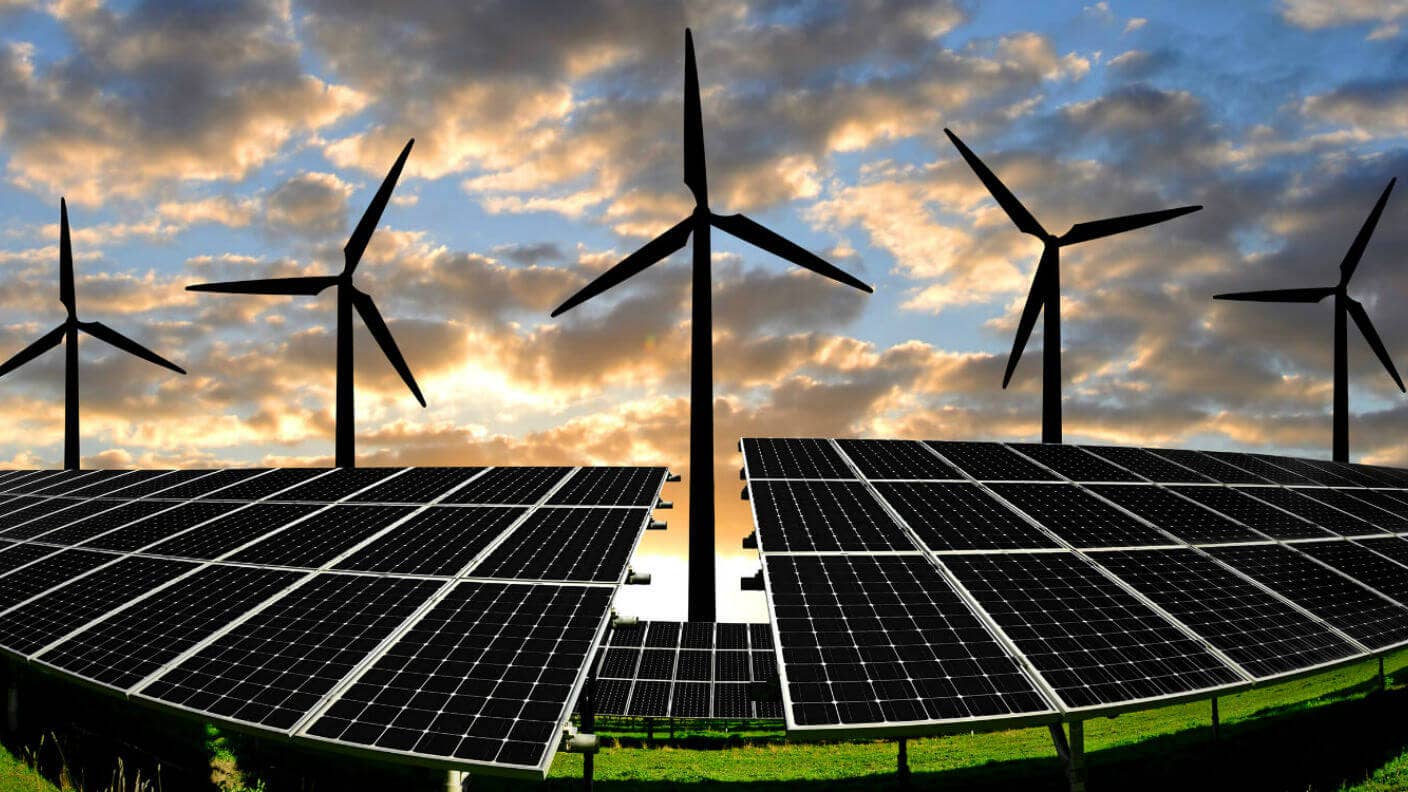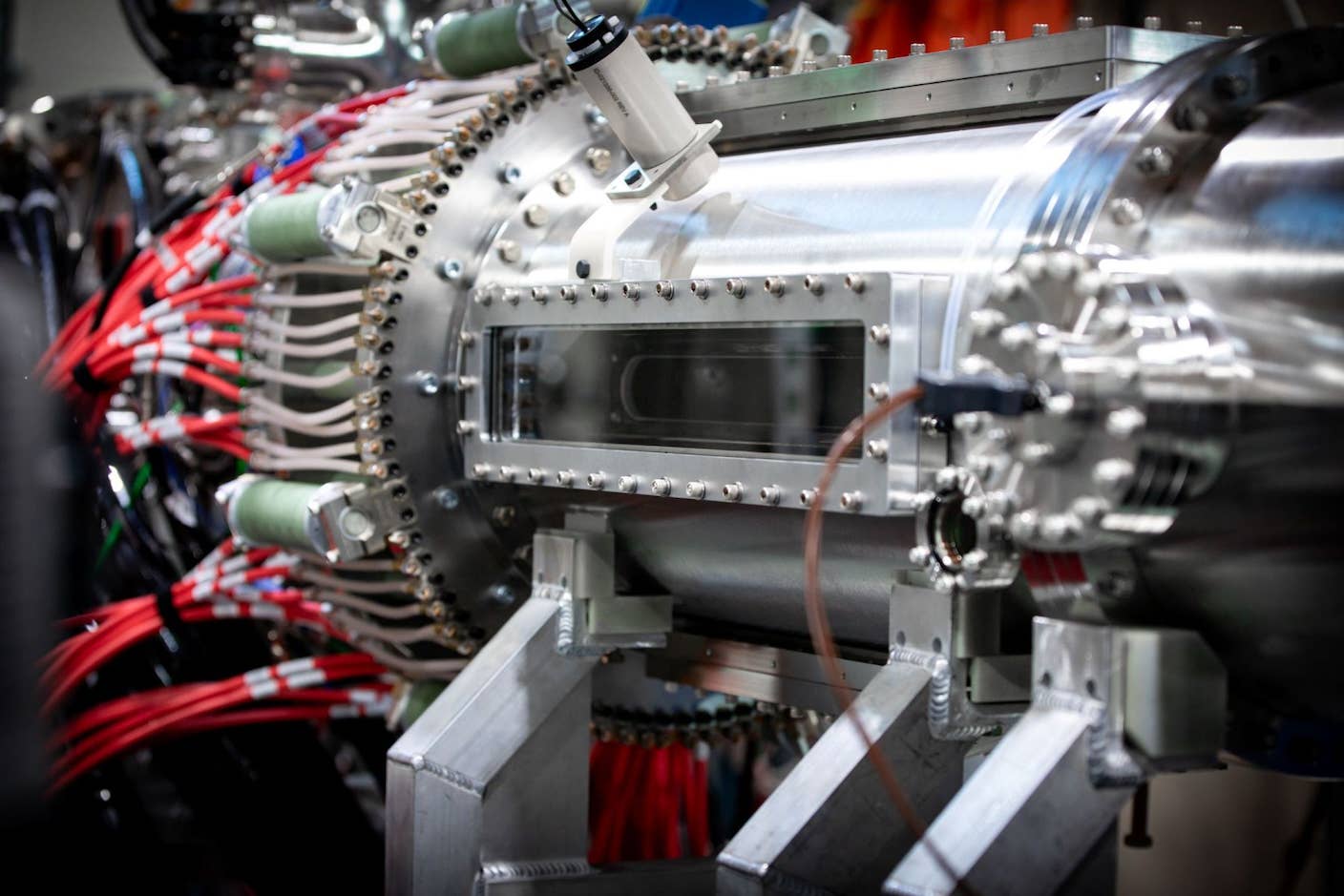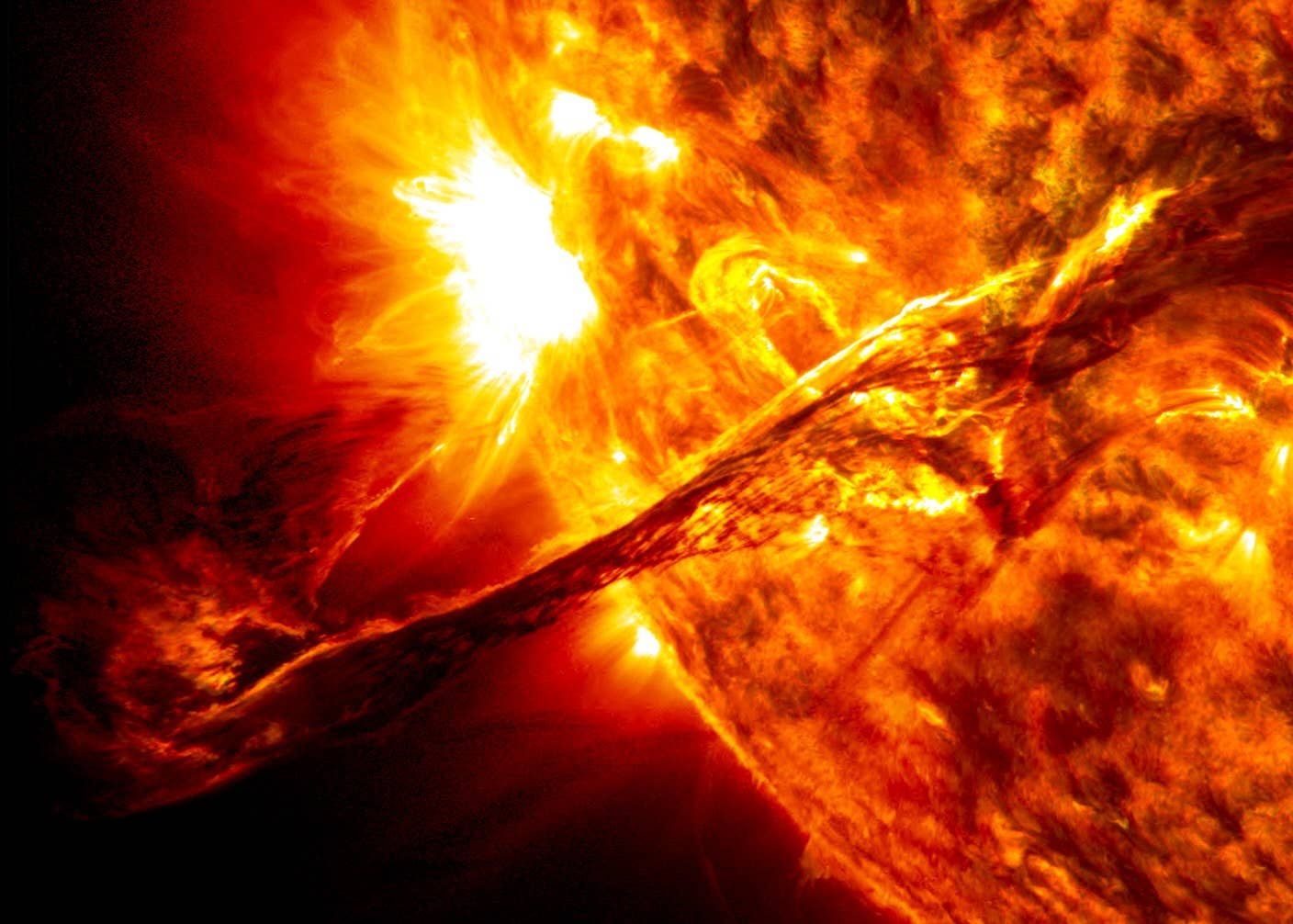This Is How the World’s Poor Are Pioneering the Future of Energy

Share
What if it took you four hours a day to cook all your meals because, in addition to cooking, you also had to search for firewood? What if you could only work and study during the day because you had no light at night? What if when you went to the emergency room after injuring yourself, you were turned away because there was no electricity?
We live in a world where 1.3 billion people still do not have access to electricity, and another 1 billion people only have access to unreliable energy sources.
The good news? This is changing.
A renewable energy revolution is sweeping the developing world in which the world’s poorest are becoming pioneers in renewable energy and the smart grids of the future.
The Renewable Energy Revolution
Many emerging economies and developing countries are transitioning to renewables.
In 2015, Kenya and Nicaragua respectively met 90% and 50% of their electricity needs through renewables (the latter has goals for a 90% transition by 2020). Bangladesh is already serving 25 million people with solar energy; India just announced plans to power 18 million more homes with solar by 2022; and the Philippines — which is already powering a third of its population with renewables — recently announced the seventh largest solar project in the world. China, meanwhile, is now employing nearly a million more workers in renewables than fossil fuels.
Emerging economies are also aggressively pursuing green energy investments to build future energy infrastructure. In 2015, for the first time in history, the world’s poorest countries invested more in renewables than the world’s richest countries. In 2016, Kenya announced plans for their nation’s first green bonds, and Nepal announced it is seeking investors for $20 billion in renewables. The Renewable Energy Country Attractiveness Index just declaredAfrica, Asia and Latin America as the best places for renewable energy investments.
This year, solar energy is becoming as competitive and affordable as fossil fuels in some locations. In May, the Dubai Electricity and Water Authority received five bids for generating energy under three cents per kilowatt-hour. Mexico received bids of about four cents per kilowatt-hour (without subsidies). And Chile is giving energy away for free at certain times of the year.
As this renewable energy wave sweeps the world, it is not only bringing clean energy but positioning the countries that adopt it first to be leaders in the smart grids of the future.
Exponential Energy
When many of us think of energy, we imagine coal mines, oil rigs, pipelines, electrical lines and other costly infrastructure. However, this is not how clean energy is arriving in the developing world. Instead, it’s arriving in lightweight, flexible, decentralized connected units at the community or household level, built on top of digital technologies.
M-Kopa, for example, supplies households in Kenya, Tanzania and Uganda with home-based solar systems. These systems are 10% cheaper than energy supplied by both the national grid and kerosene lamps and are estimated to save a household up to a year’s worth of income over three years. M-Kopa just closed $17 million in financing to reach one million more customers in East Africa by 2017.
Similarly, companies in Bangladesh, a country known for its leading role in the developing world solar revolution, are currently selling an estimated 35,000 home-based solar units per month and one expert believes they will cover the whole country with solar by 2021. Individuals and slum dwellers are taking things even further in Vietnam, where villages are hacking together wind power systems to reduce the cost of energy in their villages by 30%. And a group of Vietnamese farmers recently hacked together their own solar powered fishing boats.
While at first glance these might seem like one-off efforts, they are more likely early indicators of a new energy infrastructure that may become mainstream.
These local energy units are built with solar panels, batteries, materials, and computers — to varying extents, the cost of these will continue to go down while increasing in capacity and sophistication. Further, cost declines are supported by the fact these technologies use more easily harvested, widely available, and nearly limitless resources (solar and wind), in comparison to fossil fuels which are more difficult to extract and more limited in supply. In the next few years, we will see these decentralized systems scale and also become more sturdy and sophisticated.
We are just now starting to see the benefits of exponential energy technologies reach the poorest of the poor both in terms of supplying power and saving money.
Be Part of the Future
Sign up to receive top stories about groundbreaking technologies and visionary thinkers from SingularityHub.


Even more importantly, the most impoverished people are becoming the future creators of technology and owners of their own energy supplies. Given that energy is also essential to healthcare, education, food, water, shelter, sanitation and more, we should expect to see a huge leap in human development and well-being in the developing world in the next decade.
But this is just the beginning.
These new systems are being built on the digital technologies that will form a new smart energy infrastructure called the Internet of Energy.
The Internet of Energy
The Internet of Energy is a dynamic network connecting energy sources to the Internet. It allows users to seamlessly share or sell energy across devices similar to how we exchange information on the Internet. As we add more complex software and artificial intelligence to the system, we can even further micro-manage small bits of energy and predict and optimize energy needs.
In addition, on the other side of the equation, machines, appliances and devices are also poised to use far less energy overall. Examples range from energy-efficient self-driving cars to neuromorphic chips to gadgets that share harvested energy from Wi-Fi signals.
The Internet of Energy is primarily software-based and thus capable of scaling while costs decline. Further, advances in new materials may one day yield near-lossless energy transmission via a superconductive grid.Taken together, this new smart grid may make it as easy for a slum in Vietnam to sell or share excess energy as it would be for Apple.
The countries that invest in renewables now are positioning themselves for clean, affordable energy in the future, while also positioning themselves to benefit from other technological developments that will rest on a distributed infrastructure built on exponential technologies. Given that the world’s poorest countries are now leading these efforts, we may see them dramatically leapfrog ahead of everyone else as soon as this infrastructure is in place.
There’s never been a better opportunity to see the future first-hand. Join the most innovative minds in business and technology, along with Singularity University faculty and alumni at the first-ever SU Global Summit, August 28-30, in San Francisco.
Image credit: Shutterstock
Darlene Damm is faculty chair and head of social impact at Singularity University. She has spent nearly two decades working on moonshots and initiatives designed to solve our world’s toughest social problems and empower people to create abundant futures. At Singularity University, Darlene focuses on helping people understand how exponential technologies are creating abundance in the global grand challenge areas, as well as articulating and preparing for new social challenges created by exponential technologies including technological unemployment, inequality, and ethical issues. Darlene has a broad background spanning across both technology and social change. In 2012, she founded DIYROCKETS, the first company to crowdsource space technology, and in 2011 was an early cofounder of Matternet, one of the world’s first companies using drones for commercial transport and delivery of medical goods in the developing world. Darlene served with Ashoka, the world’s largest association of social entrepreneurs for nearly ten years where she built the organization’s fundraising system (raising over $30 million per year) and led Ashoka’s presence in the Silicon Valley launching major partnerships with companies such as Google, LinkedIn, and Facebook. In addition, she helped launch Ashoka’s StartEmpathy initiative which has scaled to over 30 countries ensuring young children grow up learning empathy and changemaking as core skills for the 21st century. Prior to that, Darlene spent over a decade working in Vietnam, Myanmar, Indonesia, East Asia, and the US on educational and economic programs that empowered youth and helped bring developing nations into the global economy. She received her bachelor’s degree in history from Stanford University and her master’s degree in international affairs from Johns Hopkins SAIS. She was a Fellow with Japan-US Community Education and Exchange and a graduate of Singularity University. She holds a patent and regularly speaks around the world and publishes on the topic of technology, innovation, and social change.
Related Articles

Startup Zap Energy Just Set a Fusion Power Record With Its Latest Reactor

Scientists Say New Air Filter Transforms Any Building Into a Carbon-Capture Machine

Investors Have Poured Nearly $10 Billion Into Fusion Power. Will Their Bet Pay Off?
What we’re reading